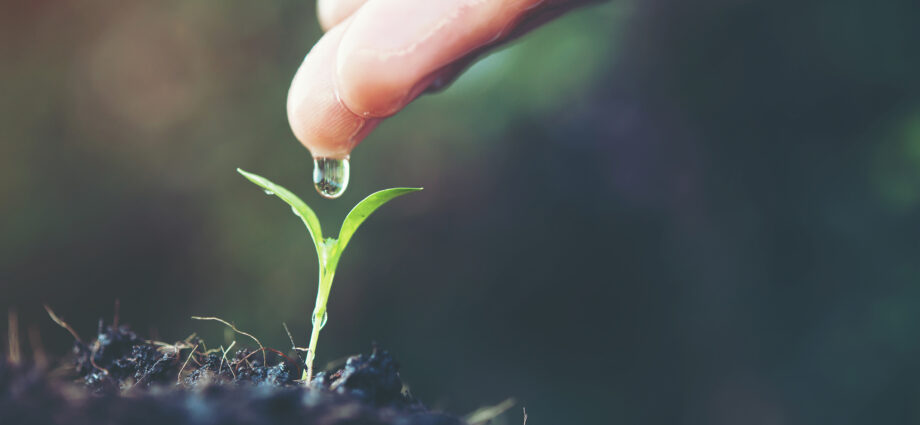Sawie is proud to take part in water week 2021 awareness campaign (#WW2021) working with small holder farmers to develop soil and water conservation techniques suitable to local conditions and growing water productive crops. Our efforts are in line with the United Nations Sustainable Development Goals, No Hunger #SDG 2 , Water #SDG 6, Sustainable food production and consumption # SDG 12 and Climate change #SDG 13.

Author

Rikza Awan
Agriculture Specialist
The Global Climate Risk Index has placed Pakistan on the fifth spot on the list of countries most vulnerable to climate change. Pakistan will be a water-scarce country by 2025 as water shortfall is expected to increase by 31% (United Nations Development Program-UNDP report). About 95% of Pakistan’s water is used in agriculture, where the current conventional practice of flood irrigation is only 20% productive. The water reserves are drying out, there was a time when Pakistan used to have 5800 cubic meters of water per capita in 1951, and now that is reduced to 950 cubic meters in 2020 (Pakistan Council of Research in Water Resources -PCRWR). The demand for water has increased to grow more area under crops to feed increasing population and also unprecedented extreme climate events causing heat and drought resulted in increased evapotranspiration rates. The ground water is also suffering a huge loss due to tub well irrigation, this has resulted in decreasing water table in some places more than a meter per annum. Almost 60% of water is lost before reaching the field due to conventional cultivation practices. This practice not only wastes water but also results in lower crop yields. There is a dire need to find solutions to reduce the wastage of water and improve its productivity.
Sawie is introducing a smart agriculture solution to farmers to produce more per drop of water. Sawie has come up with a unique way of offering smart irrigation advice to farmers to irrigate fields only when required. Sawie app calculates the crop water requirement using evapotranspiration, solar radiation, weather data (rainfall, temperature & humidity), soil moisture, soil structure, and Argo climatic zones. It issues irrigation alerts using satellite data based on vegetation index & thermal imaging. We are using European Space Agency (ESA) Satellites open data hub (sentinel II & Sentinel III). The data is analyzed using machine learning and combined with crop models including the AquaCrop Model (FAO) to assess the effect of environment and management on crop production. AquaCrop simulates yield response to water of herbaceous crops and is particularly suited to address conditions where water is a key limiting factor in crop production.
Water-Saving Tips
Flood irrigation has dominated the practice of irrigation in Pakistan, and there are several methods that allow farmers to save water and harvest better yields.
- Irrigation scheduling/ Alerts using Sawie app to apply irrigation when is required based on soil moisture and weather conditions.
- Land leveling using Laser levelers could help save water up to 50%.
- Raised Bed sowing: this method could save water by 30-40%.
- Alternate Beds irrigation, this method could save water by 20%.
- Crops selection choosing crops requiring less water.
- The use of Drip and Sprinkler irrigation, that can save up to 60% water.
Farmers could access Sawie knowledge center for free to learn growing tips for crops from seed to grain covering, soil, irrigation, and crop agronomy. The farmers could sign up for advisory alerts using traditional phones without the internet or smartphones using sawie app. Additionally, Sawie is working with the top agriculture research institutes and universities to develop real-time soil moisture and irrigation management tool that will offer more precise recommendations.


Highly Informative blog 👏
Really liked the sentence structure, and information is up to the mark ☑️